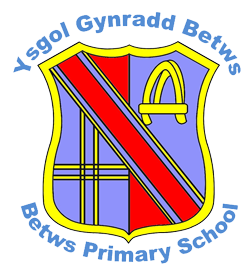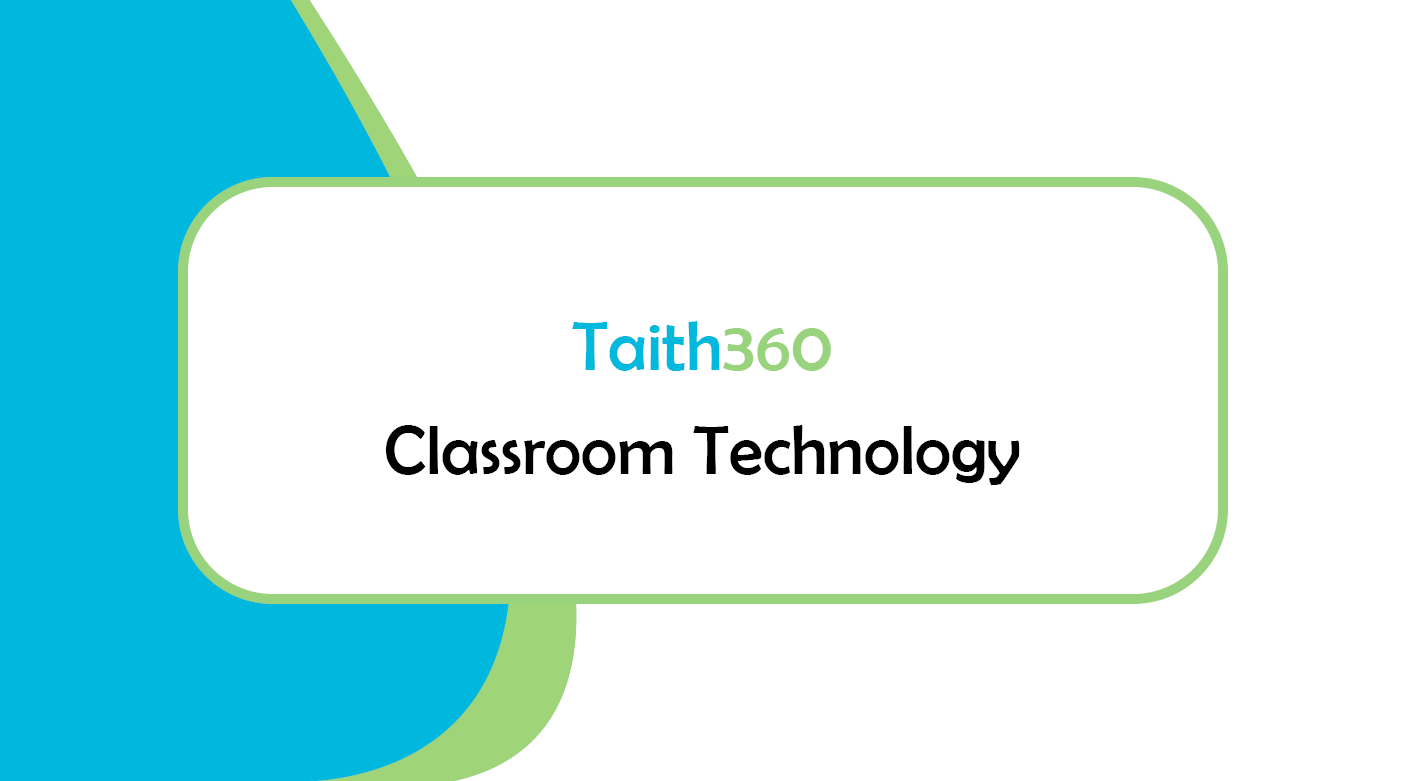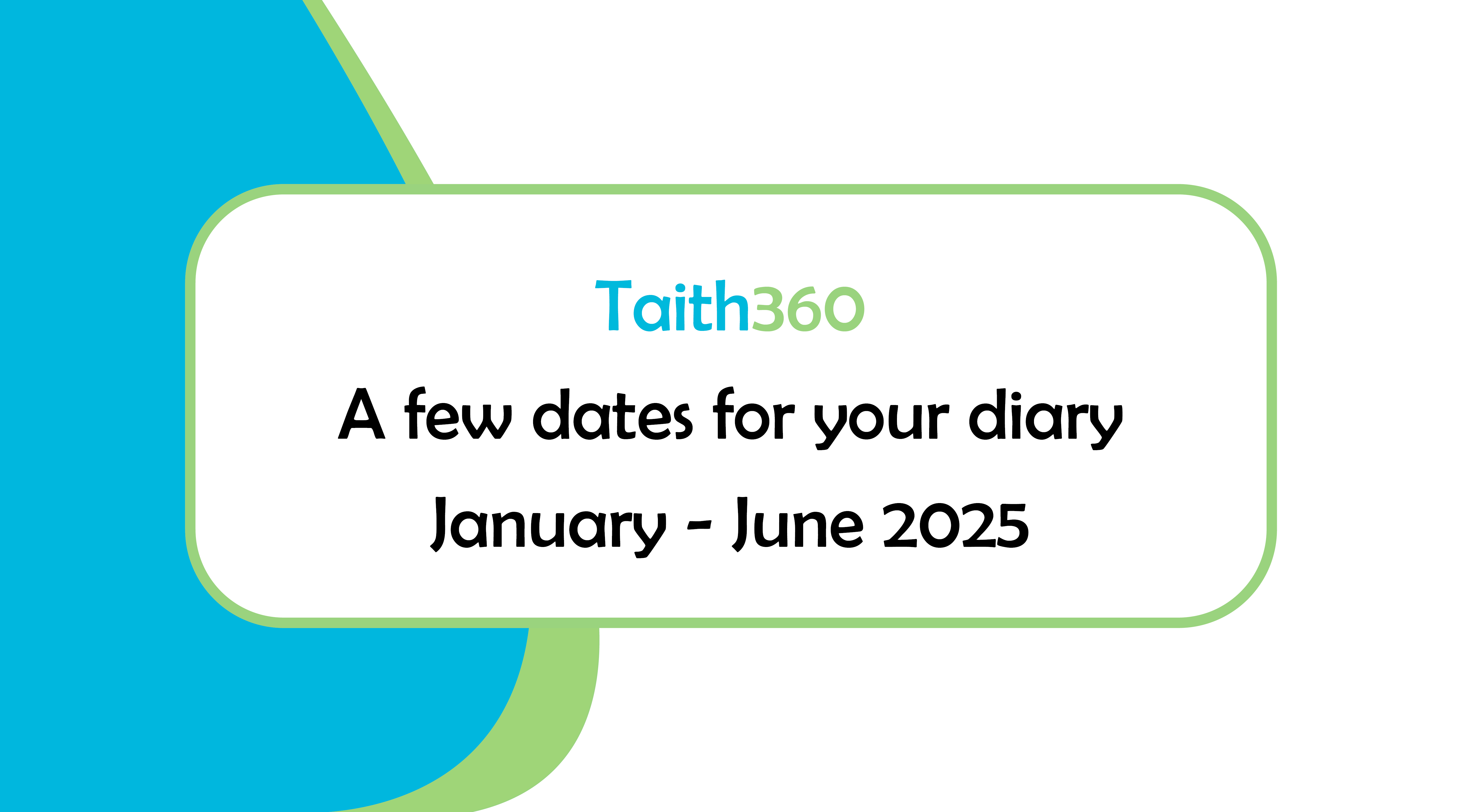I was a student in the 1990s, and a teacher in the 2010s. The changes to technology used in the classroom, and the general access to technology, changed massively in the intervening years. This of course means that each successive generation of teachers comes to the profession with a raft of new skills ready to pass on, and with the rapid advancement of technology, all of these skills are already on their way out. Pupils come to school with wildly different skillsets and aptitudes. I have taught classrooms of children who are absolute wizards with a touchscreen, but found coordinating mouse movements nigh on impossible to master (don’t even get me started on double-clicking!)
While doing research for this blog, I was hit by memories of my time in a one-computer primary school in the mid-90s and all of the super high-tech (at the time, at least…) gizmos that we had at our disposal. To that end, I’m issuing a nostalgia alert for those of you of a certain vintage.
Back in the nineties, anything remotely technological that we used at school was tactile and chunky. From the satisfying clicking of an Acorn computer keyboard, to the clunk and whirr of a tape deck, and the off-key beeps of the roamer robot tortoise (which we were never allowed to use and was incredibly un-tortoise like, really).
The over-head projector had been a staple of classrooms since the seventies, and yet teachers could still never seem to get the OHT the right way up first time. My teachers must have spent many hours writing out maths problems by hand and drawing maps in markers of many colours to project all too dimly on the pull down screen in front of the blackboard. Fast forward to 2014, and my early days as a class teacher. The OHP is still sat in the back corner of the classroom, but it has been overshadowed by the SMART board and all the fun tools available on there. Pupils loved any opportunity to write in one of four colours, and as a teacher, I can save the file as a lovely piece of evidence. My favourite trick was to use Airplay and my iPad as a live visualiser to throw a pupil’s work to the board to share good examples and help with group planning. We definitely never used this ability to hijack the boards in other classrooms…

You always knew it was going to be a good afternoon for at least two children in the class when the computer trolley was wheeled in. I distinctly remember a lesson in lower primary school where the entire class took it in turns to come up to the computer, type their name, hit enter, then go and sit back down again to watch the rest of the class do the same. There probably wasn’t really much more to do with a pre-internet computer, I guess. Time well spent, nonetheless. I would be doing the nineties a disservice were I not the mention The Amazon Rainforest game (I managed to salvage a copy of this from a school I worked at – what a treasure!), Encarta (“Mark Twain”), and Through the Dragon’s Eye – we’ve all been scarred by that particular piece of BBC educational programming! At least, I’ll never forget the word “quagmire”.

My secondary school boasted not only a modest computer lab of roughly 16 desktops, but a further six machines in the library. Never before had I seen so many computers in one place. As a trainee teacher, it was my turn to wheel out the computer trolley, this time containing a full bank of laptops and iPads, batteries charged and loaded up with apps ready for the classroom. I could have spent every moment of my PPA time researching and trying out new apps and tools to bring to the classroom, the sheer amount of choice was astounding, and this has only grown in the years since.

Walking two-by-two to the school office to drop off the register twice a day was a treat that only came around every few weeks. I dread to think how long office staff spent collating and recording attendance data from paper registers each day. Having access to a digital MIS must save so many hours of work over the course of a year, with data automatically updated and stored.
It isn’t just technology in the classrooms that must be considered but also access at home. It was a rarity that any of my primary school classmates had a home computer, and we only got our first desktop (rescued from the skip at work by dad) when I was about halfway through secondary school and our internet connection came a little after that. I remember that his work computer had an interactive screensaver where you shot flying pigs with paintballs and had Doom installed. The height of technology! Things are now flipped, where it is rare that a child won’t have any access to digital technologies at home, be it a smartphone, tablet, computer, games console or whatever.
Things seem set to evolve even further now with the advent of accessible AI, bringing further challenges to teachers. How do you simultaneously prepare students for a rapidly changing world of technology, while protecting them from the worst of it, and maintain the learning of important skills. I came face to face with this when teaching a group of post-secondary learners and preparing them for exams. It transpired that they couldn’t use calculators to solve mathematical problems, as they had grown accustomed to simply asking Google what the answer was. The old “you won’t have a calculator in your pocket all the time” argument from 30 years ago has been well and truly blown out of the water as they had a calculator, but didn’t even use it. No solving required.
Related Articles
Get in touch
Assessment at the heart of learning
At Assessment360, we value the importance of reducing teachers non-teaching workload and are committed to providing our schools with the tools and support to do that. Through collaboration with schools and Local Authorities in the UK, we have a history of designing ground breaking systems that offer a complete planning, tracking and reporting tool, enabling you to track a child’s learning across the full curriculum.
To discuss setting up Taith360 or Turas360 for your school, please contact us on 0330 8281 360 or send an email to support@assessment360.org.










